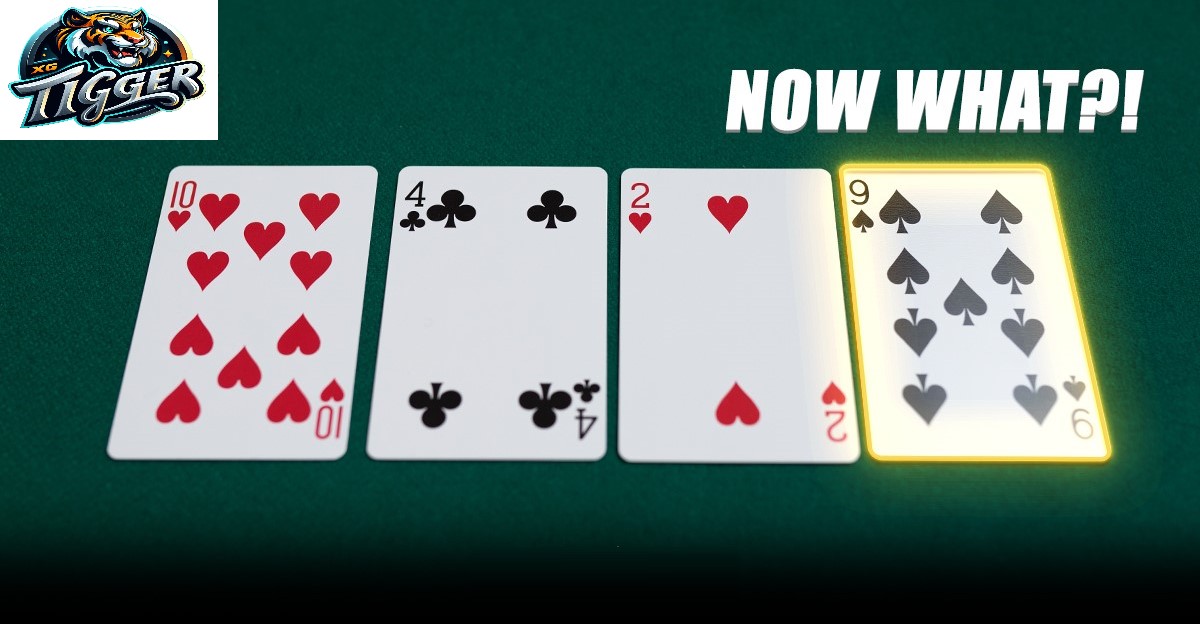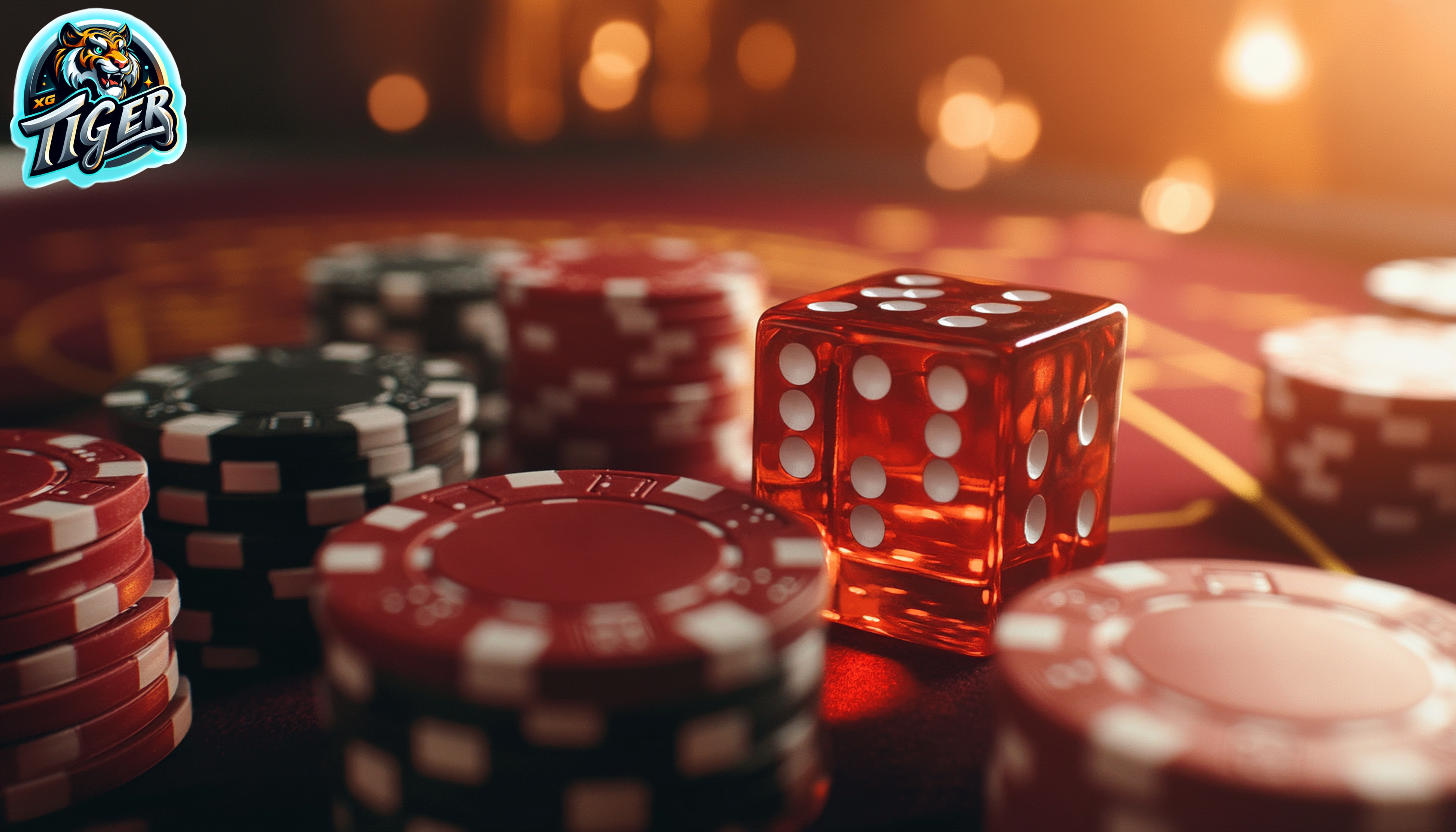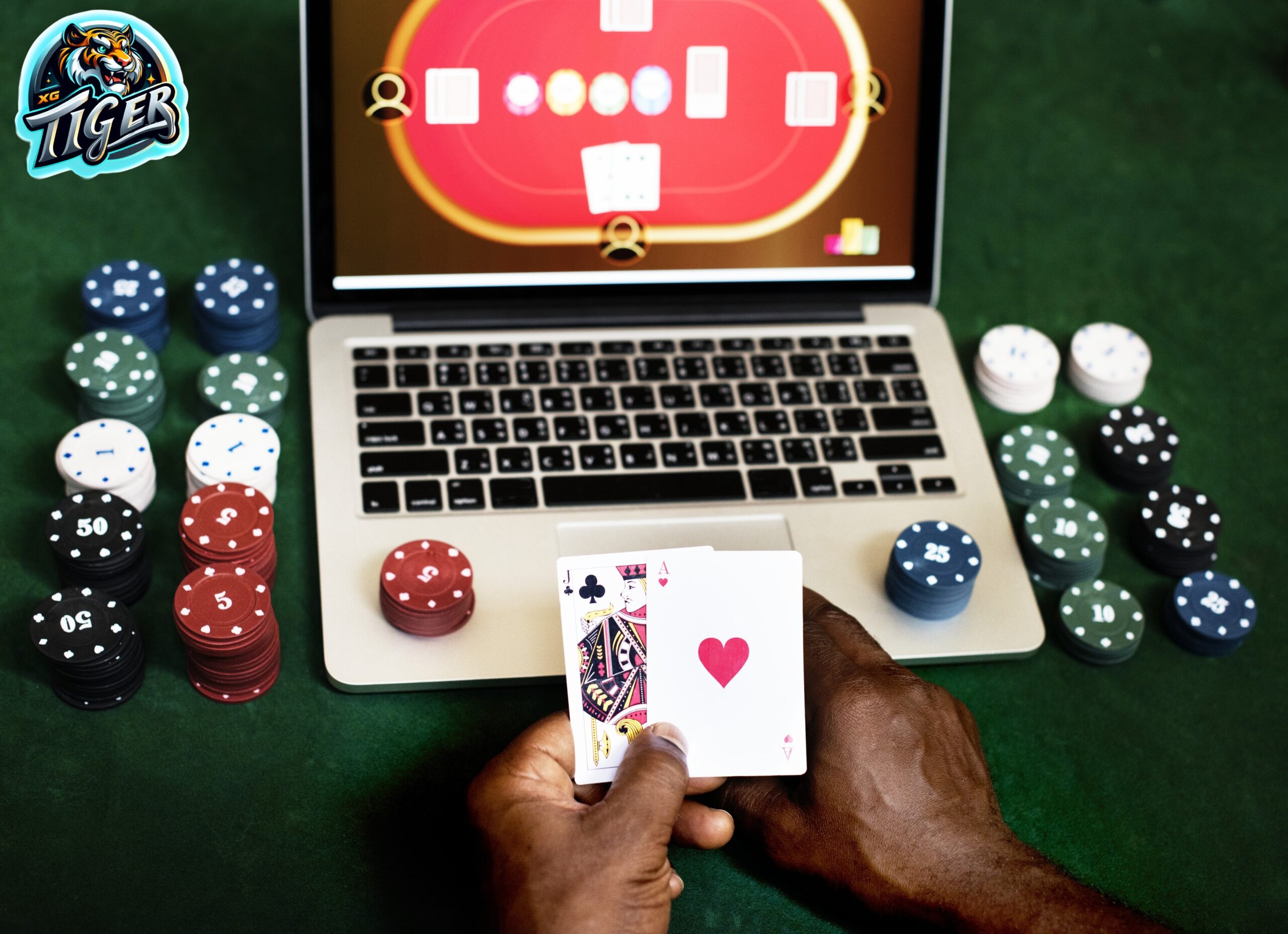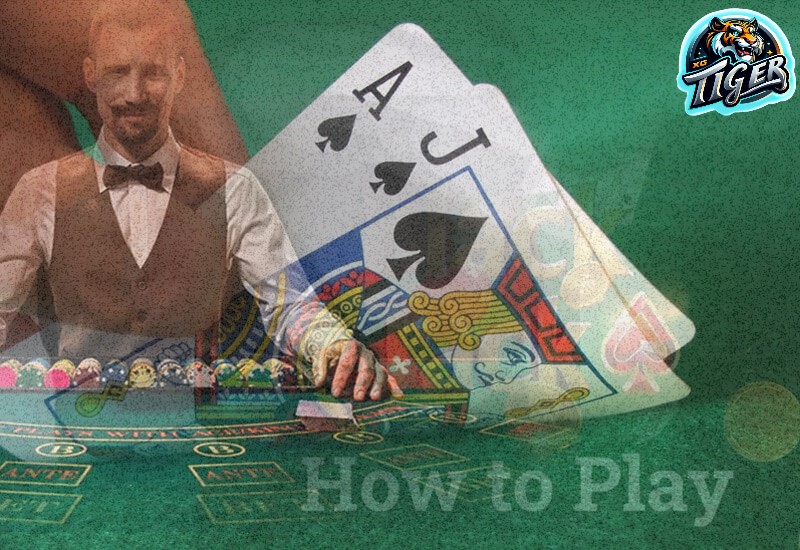Table of Contents

Suppose you call a preflop raise from the Big Blind with a hand like 6♥ 4♥ and the flop is Q♦ 7♥ 3♠.
Preflop raiser c-bet and the action will come back to you. You think to yourself and say, “Damn, should I check-raise here?”
You know you should probably check-raise at least once in a while. But at the same time, you may worry that you will make a big mistake by doing so. And the fear is understandable.
Usually, it’s not even the prospect of a flop check-raise bluff that’s scary. Rather, the uncertainty of how to properly proceed on the turn/river is the issue for most players.
Luckily, coach Gary Blackwood’s recent module in the Xgtiger Casino training course is all about demystifying how to play the turn after we check-raise the flop.
In this quick article, I’ll go over 3 simple (but very important) tips taken from this module that will help you play better on the turn after your check-raise bluff is called on the flop. If you want to learn how to play this place like a poker expert, join Xgtiger Casino and watch Gary’s full module.
Let’s get started!
How to Think About the Turn After Check-Raising Bluffing the Flop
Tip 1: You Need to Know Your Full Flop Check-Raising Range to Have a Solid Turn Strategy
A good check raising strategy starts with failure.
In order to have a well-thought-out turn strategy, Gary explains that you need to know your entire flop check-raise strategy, which includes your cheating hands and your value hands.
Knowing your full range is important because you need a good understanding of what value hands you are trying to represent. Only then can you bluff effectively on the turn and river?
Your bluffs need to “tell the same story” in your betting patterns as your value hands do. For example, if your value betting range is very strong and is best played as a big bet, you should go for the big bet with your bluffs.
Tip 2: You Don’t Have to Keep Bluffing If You Don’t Change Equity
Just read that again, soak it in, and take a deep breath.
Gary points out that one of the most common mistakes players make when they check-raise bluff the flop is that they feel obligated to keep bluffing on the turn (no matter what cards fall).
One of the most useful heuristics you can apply to check-raise bluffing is that you should rarely continue bluffing if you haven’t already built up equity.
Going back to the importance of having a strong/balanced flop poker check-raise range, it’s worth noting that a balanced strategy usually has a built-in range of “intuitive bluffs” on all turns. There’s no need to force low equity bluffs on the turn when we have plenty of better drawing hands in our range that will do the job.
Tip 3: Consider Different Measurement Strategies
Perhaps the most useful takeaway from Gazzy’s check raising module is that he shares a useful system that will help you categorize hands into different board runouts. He then lays out the strategy of how to play each of them.
This technique is great because, with some practice, a broad but effective technique can be memorized and incorporated into your playing fairly quickly.
Looking at this section of the course, you’ll notice that Gazzy’s turn bet size will often change based on the texture of the board. In some situations, Gazzy will check the flop and then overbet the turn. Then elsewhere, he will only bet 33% on the turn.
This whole strategy is beyond the scope of this article, but the main takeaway here is this: there is a wider range of effective scaling strategies you can use, and you should consider what size is most important. in your particular area (rather than simply defaulting to the 66% pot as many players do).
Final Thoughts
Trying to later play streets correctly after check-raise bluffing can feel like navigating a minefield. But with just these basic tips, you can greatly improve our approach in these areas.
Note that:
- Know your full coverage
- Slow down on bluffs that don’t turn into equity
- Use smart bet sizing techniques based on board texture
As always, if you’re looking for more information and fully fleshed-out guides on how to go from a good player to an advanced player, check out Xgtiger Casino.
Until then, may you always spin your gut shot poker bettors, and good luck at the tables!
Conclusion
Are you an avid gaming fan and want to know how to bet on online casino games? At Xgtiger, you’ll get the latest information on this year’s best casino games and a variety of gaming options, all in one place.
To start your online gambling journey, all you need to do is create an account on the site, deposit funds and you’ll be ready to bet on the best and most anticipated casino games.



